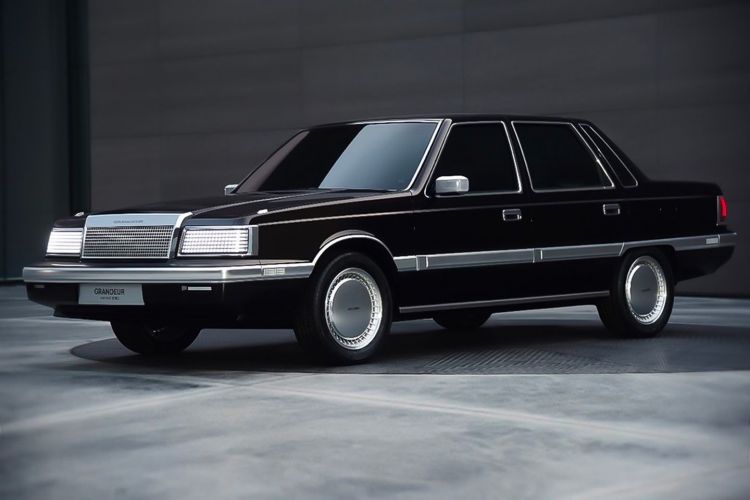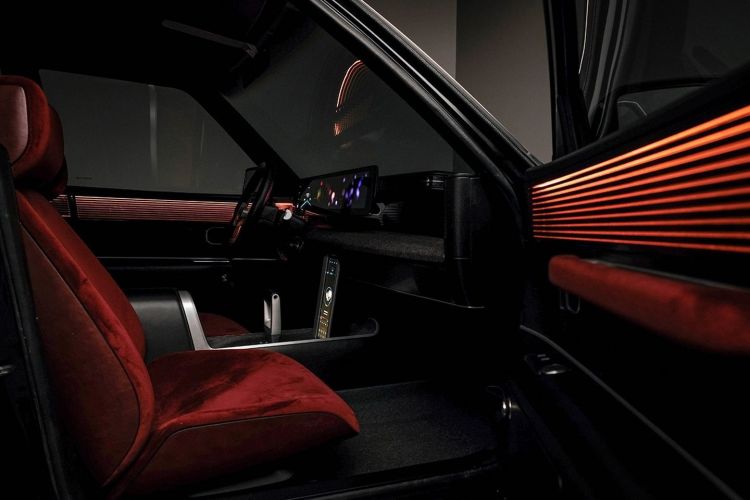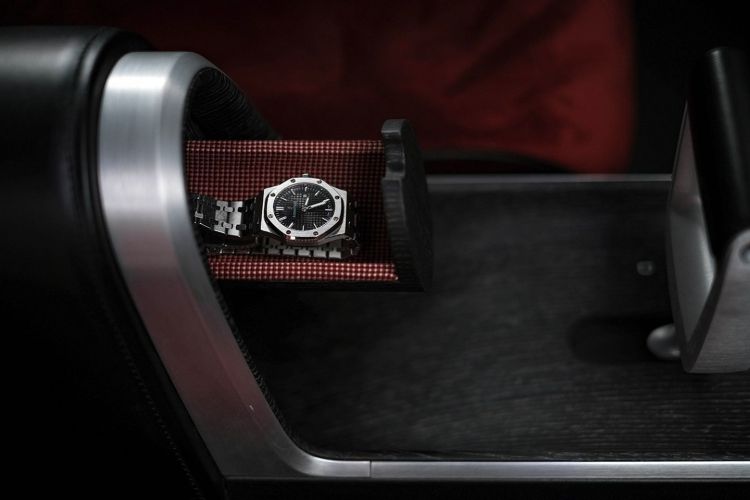The 1970s and 1980s were a dark time for Korean car manufacturers. Hyundai and Kia were seen as third-party brands, and their products were mocked and scorned. In a way, something similar to the way we see many Chinese manufacturers today. However, decades later, they are capable of producing cars that are not only desirable, but also absolutely groundbreaking, as well as market references. Then, why the hell would we be interested in a sedan from Hyundai’s darkest era?
In the eighties, the Hyundai Grandeur was the flagship of the Korean brand. In truth, it was a Korean-made Mitsubishi Debonair, whose engines, platform, and technologies were also of Japanese origin. The Grandeur replaced the Ford Granada MkII, built under license by Hyundai in South Korea. The Debonair, and by extension the Grandeur, was an uninspired looking car. It was designed in Korea as part of the collaboration agreement between Mitsubishi and Hyundai, and was sold locally from 1986 to 1992.
The Hyundai Grandeur became the best-selling large car in South Korea in the late 1980s.
It was not the most attractive car of the time, but it allowed Hyundai to compete with guarantees against Daewoo Motors, its main competitor. In fact, it became the country’s best-selling large car, thanks to the accolade that gave it status as the “official car” of the 1988 Seoul Olympics. Years after the first Hyundai Grandeur was forgotten, the brand has Dear turn it into an attractive and aspirational electric car. To do this, they have started from the base of a classic Grandeur and have practiced a deep and attractive restomod.
Its squared and rectilinear appearance has been seasoned with optics that follow the Parametric Pixels design language, slightly redesigned moldings on its side profile and a rear with the same optical scheme as the front. The “manhole cover” type rims look like the nicest thing I’ve seen in a long time. The car looks like something out of Blade Runner, but if it has caught your attention from the outside, the cyberpunk festival begins when we open its doors. Its interior combines red velvet seats with touch screens and avant-garde materials.
A removable compartment in the center console hides a nice wristwatch (also retro-futuristic in style).
It is vintage and ultra-futuristic at the same time. The instrumentation and infotainment system have been replaced by a panoramic screen, the steering wheel is newly minted (it even has its own multifunction display), and dark-toned wood covers the entire dashboard. The door controls are metallic, and on the center console, an aeronautical-looking lever allows us to engage the gears. Or rather, the only gear, since this car is 100% electric. The brand, yes, has not provided details about it.
Everything indicates that it could use one of the engines of the Hyundai Ioniq 5, with a battery of modest capacity. In any case, I doubt it’s even a working prototype. The Hyundai Grandeur Heritage Series will not be mass-produced. It will remain as a beautiful experiment, a one-off that intends to look back to pay homage to its past – something that Korean brands used to deny until now – and infuse it with modernity with the aim of making its new range of products more attractive. electric cars, last name Ioniq.



